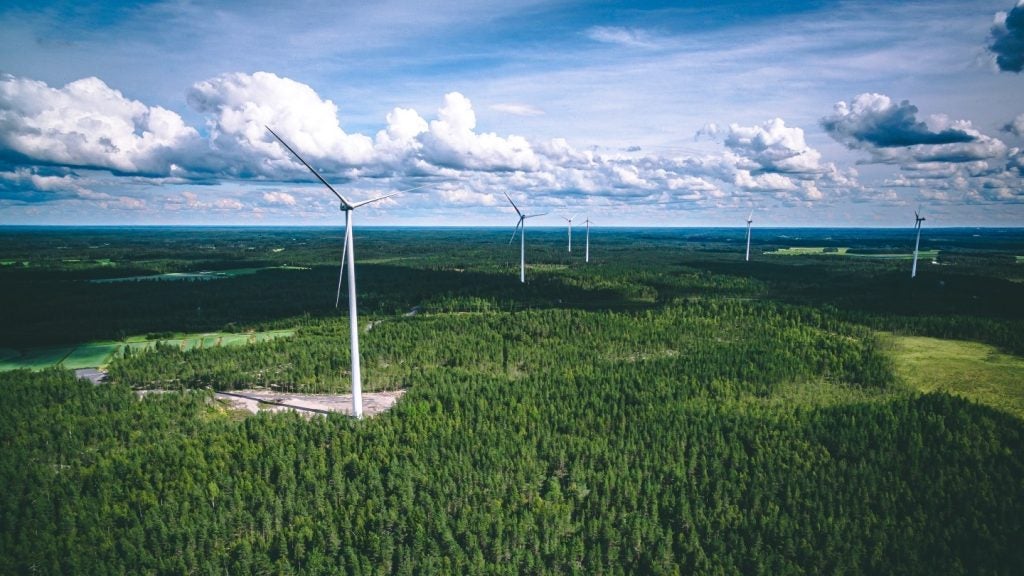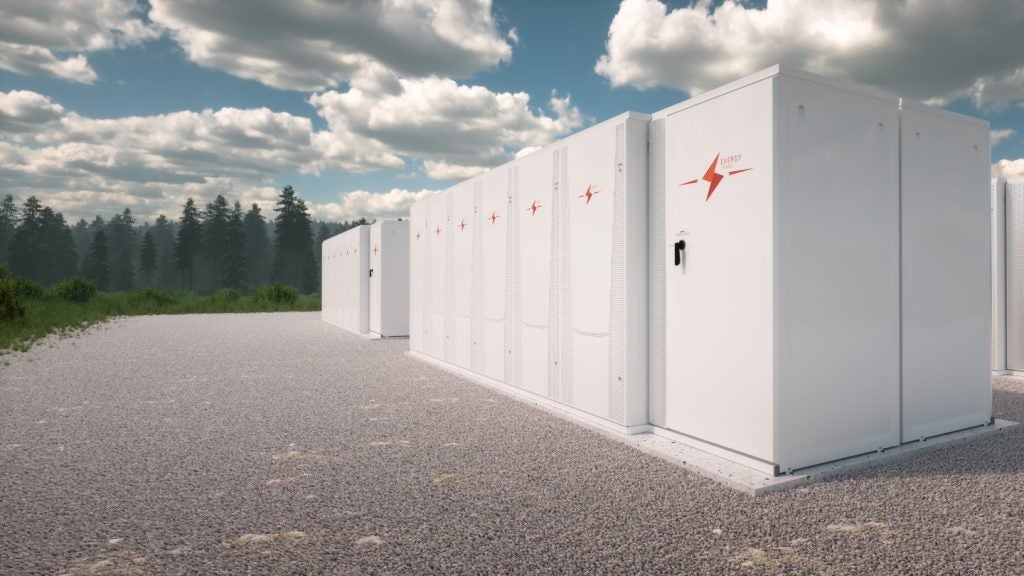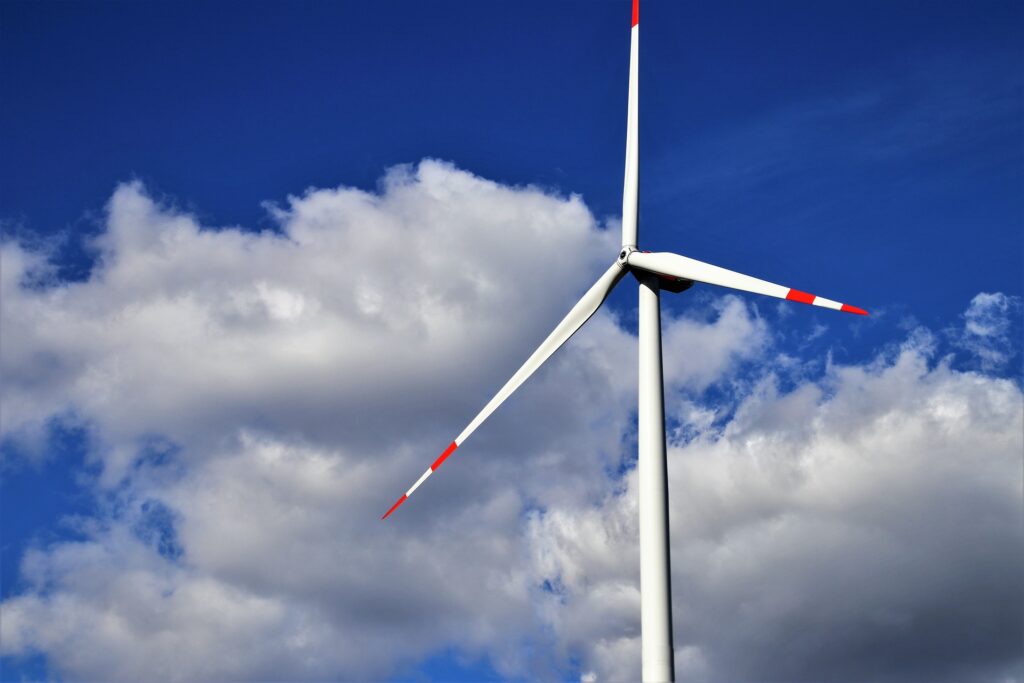SSEN Transmission has selected a consortium comprising Sumitomo Electric and Van Oord as the preferred bidder for the Shetland 2 525kV HVDC subsea cable project.
The requirement for a second HVDC link running from Shetland to the main Great Britain transmission system has been confirmed by the independent electric system operator National Grid ESO as part of its Beyond 2030 strategic network plan for Britain.
The plan outlines an investment of £5bn ($6.3bn) by SSEN in the north of Scotland by 2035 to bolster the region's energy infrastructure.
The 330km Shetland 2 HVDC cable will connect ScotWind's offshore wind farms to the UK power grid, adding a further 1.8GW of capacity.
SSEN Transmission managing director Rob McDonald stated: “We are delighted to reach preferred bidder status with Sumitomo Electric Industries and its subsea cable delivery partner, Van Oord Offshore Wind UK, for the manufacturer and installation of the Shetland 2 HVDC subsea link.”
Japanese electric cable and optic fibre manufacturer Sumitomo Electric has also broken ground on a subsea transmission cable factory in Nigg, Scotland.
The facility will critically reinforce the UK's electricity transmission grid and link renewable energy production sites to the network.
To be built with an investment of £350m, the Nigg factory will create 150 jobs in the region.
The factory will leverage the local supply chain for the production of cables and the construction of transmission cable systems, with operations scheduled to commence in 2026.
Sumitomo Electric Group president Osamu Inoue stated: “I am pleased to announce the commencement of this innovative high-voltage cable factory in Scotland, and sincerely appreciate SSEN Transmission’s decision to select us as the preferred bidder of the Shetland 2 project to enable our significant investment here in the UK.
“Transmission cables are key essential infrastructures to make the [...] energy transition to renewables into reality. I believe this factory will make good contributions towards the establishment of local supply chains and realise the UK and Scottish governments’ net-zero initiatives.”














